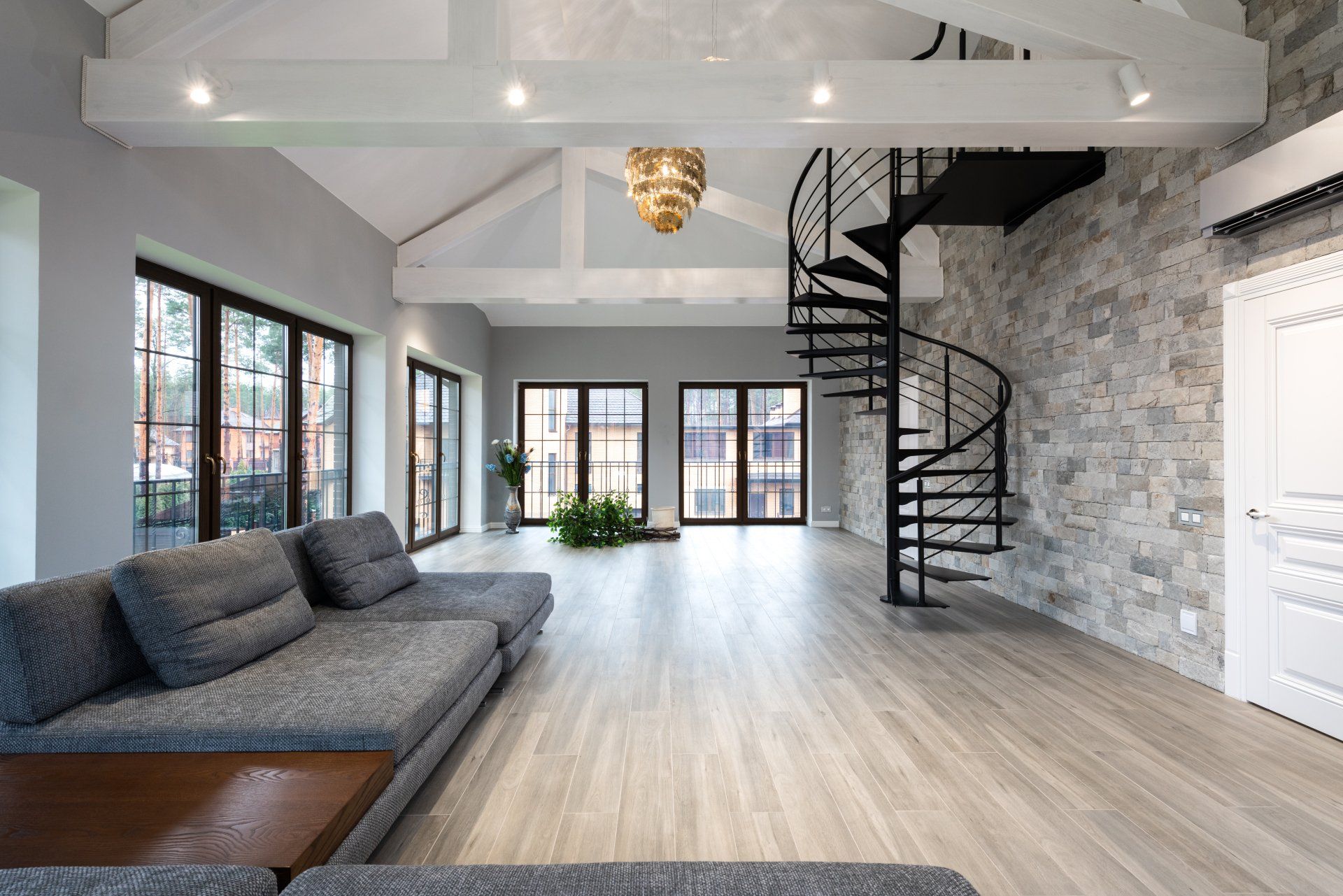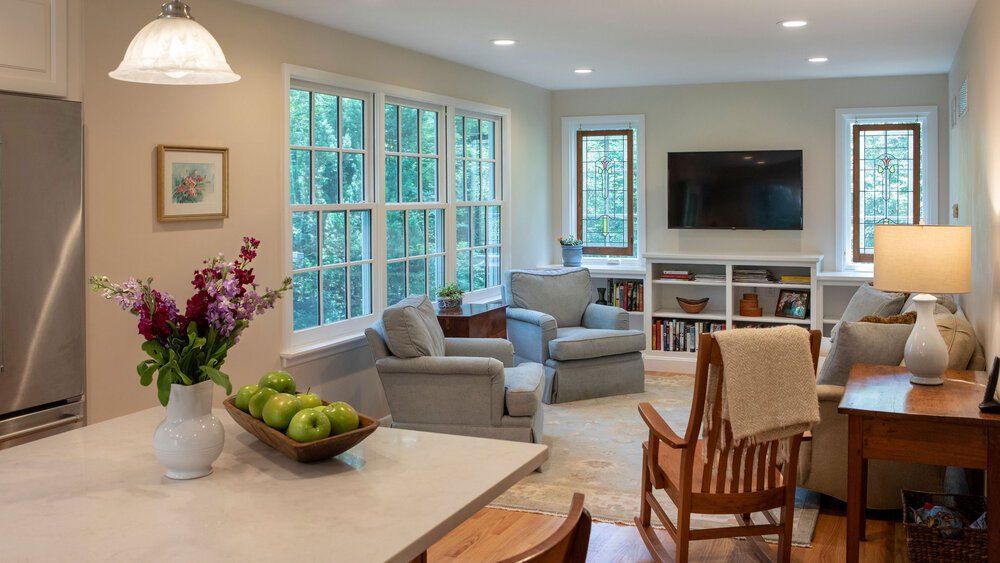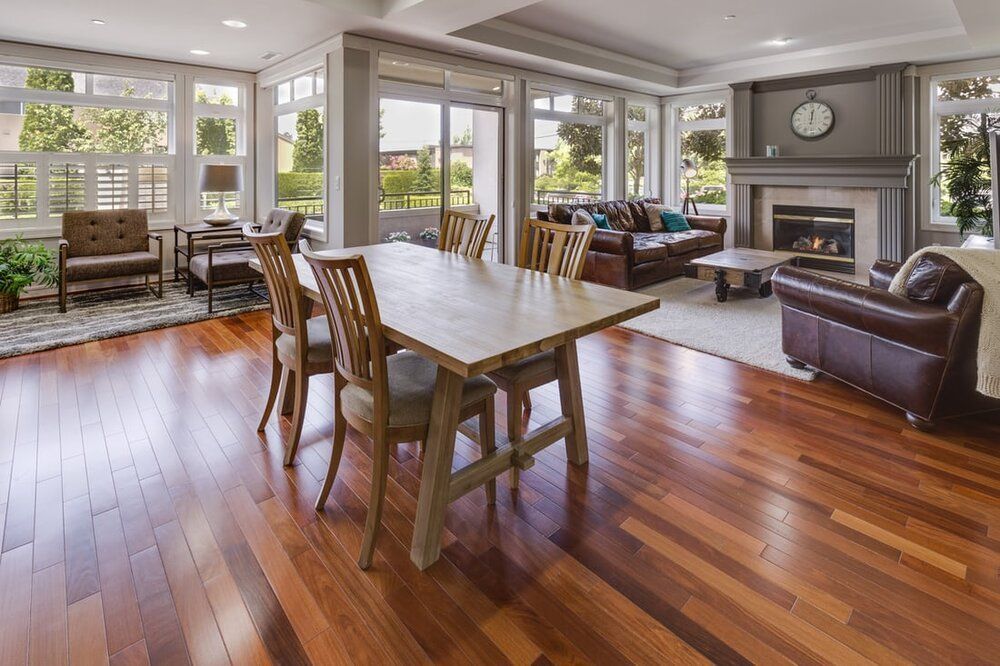Transform Your Space: A Step-by-Step Guide to Masterful Home Additions
Elevating Your Home's Value and Aesthetics: Navigating Costs and Contractor Selection in Home Expansions
Home additions, whether it's a cozy second story, a spacious home extension, or an essential room addition, can significantly transform your living space. This comprehensive guide will navigate you through the process of building an addition, focusing on home remodeling, renovation, and the pivotal role of house remodeling contractors.

Understanding the Scope of Home Additions
1. Home Addition vs. Home Extension vs. Second Story Addition
Home additions come in various forms. A home addition typically refers to adding a new room or space to the existing footprint of your house. On the other hand, a home extension expands your current space horizontally, often requiring new foundations. A second story addition, as the name implies, involves adding an upper level to your existing structure.
2. Key Areas of Home Remodeling
When considering home renovations, focus areas often include the
kitchen, bathroom, and basement. Each area has its specific requirements, and kitchen remodeling contractors, bathroom remodeling contractors, and basement remodeling contractors specialize in these respective fields.
Planning Your Home Addition
1. Assessing Home Addition Costs
The cost of a home addition varies widely depending on the size, complexity, and location. Home addition cost, room addition cost, home extension cost, and home expansion cost should be thoroughly evaluated. Prepare for a range of expenses and unforeseen costs.
2. Selecting the Right Contractors
Choosing the right house renovations contractors is crucial. Home addition contractors should have a proven track record, while room addition contractors and home extension contractors should offer specialized expertise in their respective areas.
Step-by-Step Process for Home Additions
1. Conceptualization and Design
Start with a clear vision of what you want to achieve. Whether it’s a luxurious master suite, an expanded living room, or a functional second story, have a detailed plan.
2. Legal Permits and Regulations
Understanding local building codes and obtaining the necessary permits is essential. This process can be complex, and experienced home addition contractors can provide invaluable assistance.
3. Budgeting and Financing
Establish a realistic budget that includes construction costs, contractor fees, and a contingency fund. Explore financing options if necessary.
4. Choosing Materials and Finishes
Select materials and finishes that complement your existing home while also providing durability and aesthetic appeal.
5. Construction Phase
This phase involves demolition, foundation work (if extending), framing, roofing, insulation, and interior finishes. Regular communication with your contractor is key to ensuring that the project stays on track.
Role of Home Remodeling Contractors
1. Expertise and Experience
Home
remodeling contractors bring invaluable expertise to your project. Their experience in home renovation ensures that your addition is not only beautiful but also structurally sound and compliant with building regulations.
2. Project Management
From coordinating different trades to managing timelines and budgets,
contractors play a crucial role in project management. Their oversight ensures a smoother renovation process.
Cost Considerations in Home Additions
1. Understanding the Cost Breakdown
Costs in home additions include materials, labor, design, permits, and often, unexpected expenses. A clear understanding of this breakdown is crucial for budget management.
2. Saving on Costs
While quality should never be compromised, there are ways to save on costs, such as choosing cost-effective materials or adjusting the scope of the project.
Maximizing Space and Value: The Strategic Approach to Home Additions
Embarking on a home addition project is not just about expanding your living space; it's a strategic move to enhance your home's functionality and increase its value. This section delves deeper into making the most of your home addition or extension.
Detailed Planning: The Foundation of a Successful Addition
1. Detailed Assessments and Feasibility Studies
Before breaking ground, conduct a detailed assessment of your property. Understand the limitations and potentials of your space. Feasibility studies help in aligning your vision with what is structurally and legally possible.
2. Design Considerations
The design phase is more than aesthetics; it's about functionality, efficiency, and sustainability. Work closely with architects and designers to create a space that blends seamlessly with your existing home while addressing your specific needs.
Navigating the Complexities of Building Regulations
1. Zoning Laws and Neighborhood Guidelines
Each locality has its zoning laws and neighborhood guidelines. These regulations might affect the height, size, and even style of your addition. Familiarizing yourself with these regulations early in the process is critical.
2. The Importance of Compliance
Non-compliance with local regulations can lead to legal issues and additional costs. Ensure your contractors are well-versed in these regulations to avoid potential hurdles.
The Role of Technology in Home Additions
1. Leveraging Modern Tools and Techniques
The use of modern technology, like 3D modeling and virtual reality, can significantly enhance the planning and design process. These tools allow you to visualize the end product and make informed decisions before construction begins.
2. Smart Home Integration
Consider integrating smart home technologies into your new space. This not only adds to the convenience and modernity of your home but also increases its market value.
Financial Planning: A Critical Component
1. Detailed Cost Analysis
Beyond the basic costs, consider long-term financial implications like increased property taxes, utility costs, and maintenance. A detailed cost analysis helps in creating a more accurate budget.
2. Financing Options
Explore various financing options such as home equity loans, personal loans, or refinancing. Understanding the pros and cons of each option will help you make an informed decision that aligns with your financial situation.
Choosing the Right Team: Beyond Basic Contractor Selection
1. Specialty Contractors
For specific areas like kitchens or bathrooms, consider hiring
specialty contractors who bring a wealth of specific experience and knowledge.
2. The Value of a Good Architect
A skilled architect can make a significant difference in the success of your project. They not only bring design expertise but also help in navigating complex building codes and permits.
Post-Construction: The Final Touches
1. Interior Design and Decoration
After the construction is complete, the interior design and decoration phase begins. This is your opportunity to
personalize your new space and make it truly yours.
2. Landscaping and Exterior Considerations
Don't forget the exterior. Landscaping and external aesthetics are crucial for a harmonious integration of the new addition with your existing home.
Wrapping Up: Your Home, Reimagined
In conclusion, a home addition, be it a room addition, second story, or home extension, is a significant yet rewarding endeavor. It requires meticulous planning, a clear understanding of costs, and the right team of professionals. By following these comprehensive steps and considerations, you can ensure that your home addition not only meets but exceeds your expectations, providing you with a space that enhances your lifestyle and adds value to your property.



